As the mercury rises and the sun blazes, fitness enthusiasts face unique challenges in maintaining their health and workout routines. This comprehensive guide explores seven effective strategies to help you stay healthy, active, and safe during scorching summer days.
1. Hydration: The Foundation of Summer Fitness
Proper hydration is crucial for fitness enthusiasts, especially during hot weather. Dehydration can lead to decreased performance, heat exhaustion, and even heat stroke. Here's how to stay properly hydrated:
Water intake guidelines: Aim to drink at least 8-10 glasses of water daily, increasing this amount when exercising or spending time outdoors. A good rule of thumb is to consume 16-20 ounces of water 2-3 hours before exercise, 8-10 ounces 15 minutes before, and 8-10 ounces every 15 minutes during activity.
Electrolyte balance: Sweating causes loss of essential electrolytes like sodium, potassium, and magnesium. Replenish these with sports drinks or electrolyte-enhanced water, especially during prolonged exercise sessions.
Hydration monitoring: Pay attention to your body's signals. Thirst, dark urine, and decreased urination are signs of dehydration. Use a hydration tracking app or smart water bottle to monitor your intake.
Pre-hydration strategy: Start your day with a large glass of water and continue drinking throughout the day, not just during exercise.
Remember, staying hydrated isn't just about drinking water during workouts. It's a continuous process that requires attention throughout the day.
2. Timing Your Workouts Wisely
Choosing the right time for your workouts can make a significant difference in your performance and safety during hot weather.
Early morning workouts: Take advantage of cooler temperatures by exercising early in the morning. This not only helps you avoid the peak heat but also sets a positive tone for the day.
Evening sessions: If morning workouts don't fit your schedule, consider exercising in the evening when temperatures start to drop. Be cautious of lingering heat, especially on surfaces like asphalt or concrete.
Indoor alternatives: On extremely hot days, move your workouts indoors. Gyms, indoor pools, or home workout spaces provide climate-controlled environments for safe exercise.
Splitting workouts: Consider dividing longer workouts into two shorter sessions, one in the morning and one in the evening, to avoid extended exposure to peak temperatures.
By strategically timing your workouts, you can maintain your fitness routine while minimizing the risks associated with exercising in extreme heat.
3. Appropriate Clothing and Gear
The right attire and equipment can significantly impact your comfort and performance during hot weather workouts.
Moisture-wicking fabrics: Choose lightweight, breathable clothing made from moisture-wicking materials. These fabrics draw sweat away from your skin, helping to keep you cool and dry.
Light colors: Opt for light-colored clothing that reflects sunlight rather than absorbing it. This can help keep your body temperature lower during outdoor activities.
Proper fit: Wear loose-fitting clothes that allow air circulation. Avoid tight garments that can trap heat and restrict movement.
Sun protection: Invest in UV-protective clothing, including long-sleeved shirts and pants for extended outdoor activities. Don't forget a wide-brimmed hat or visor to shield your face and neck.
Cooling accessories: Utilize cooling towels, arm sleeves, or neck wraps that can be soaked in water to provide evaporative cooling during your workout.
Footwear: Choose well-ventilated shoes appropriate for your activity. Consider moisture-wicking socks to keep your feet dry and prevent blisters.
Sunglasses: Protect your eyes from UV rays and glare with quality sunglasses designed for your specific activity.
By selecting the right clothing and gear, you can enhance your comfort and performance while protecting yourself from the sun's harmful effects.
4. Sun Protection Strategies
Protecting your skin from the sun's harmful rays is crucial for long-term health and immediate comfort during hot weather workouts.
Sunscreen application: Apply a broad-spectrum, water-resistant sunscreen with an SPF of at least 30 to all exposed skin. Reapply every two hours or more frequently if swimming or sweating heavily.
Timing sun exposure: Try to avoid direct sun exposure during peak hours, typically between 10 am and 4 pm. If you must be outside during these times, seek shade whenever possible.
Protective clothing: In addition to the clothing mentioned earlier, consider using sun sleeves or a lightweight, long-sleeved shirt for added protection during outdoor activities.
Lip protection: Don't forget to protect your lips with an SPF lip balm. The skin on your lips is thin and susceptible to sun damage.
After-sun care: After spending time in the sun, use aloe vera or a moisturizing lotion to soothe and hydrate your skin. This can help prevent peeling and reduce the risk of long-term damage.
Regular skin checks: Perform regular self-examinations of your skin and consult a dermatologist if you notice any changes in moles or new skin growths.
By implementing comprehensive sun protection strategies, you can enjoy outdoor fitness activities while minimizing the risk of sunburn, heat rash, and long-term skin damage.
5. Nutrition for Hot Weather Performance
Proper nutrition plays a vital role in maintaining energy levels and supporting recovery during hot weather workouts.
Hydrating foods: Incorporate water-rich foods into your diet, such as watermelon, cucumbers, tomatoes, and leafy greens. These can contribute to your overall hydration and provide essential nutrients.
Balanced meals: Focus on well-balanced meals that include lean proteins, complex carbohydrates, and healthy fats. This combination helps maintain stable energy levels and supports muscle recovery.
Pre-workout nutrition: Consume easily digestible carbohydrates and a small amount of protein 1-2 hours before exercising. This could be a banana with peanut butter or a small smoothie.
Post-workout recovery: After your workout, replenish with a combination of carbohydrates and protein. A Greek yogurt with berries or a protein shake with fruit can be excellent options.
Electrolyte-rich foods: Include foods high in electrolytes in your diet, such as bananas (potassium), spinach (magnesium), and salted nuts (sodium). These can help replace electrolytes lost through sweat.
Timing of meals: In hot weather, consider eating smaller, more frequent meals throughout the day rather than three large meals. This can help prevent digestive discomfort during exercise.
Avoiding heavy foods: Steer clear of heavy, fatty foods before exercising in the heat, as these can be harder to digest and may cause discomfort.
By paying attention to your nutrition, you can support your body's needs during hot weather workouts and optimize your performance and recovery.
6. Acclimatization and Gradual Progression
Adapting to exercising in hot weather is a process that requires patience and careful progression.
Gradual exposure: Start with shorter workouts in the heat and gradually increase duration and intensity over time. This allows your body to adapt to the stress of exercising in higher temperatures.
Reduced intensity: Initially, lower the intensity of your workouts when exercising in hot conditions. As your body acclimates, you can slowly increase the intensity.
Monitoring heart rate: Use a heart rate monitor to ensure you're not overexerting yourself. Your heart rate may be higher than usual when exercising in the heat, so adjust your effort accordingly.
Rest and recovery: Allow for adequate rest between workouts, especially when first adapting to hot weather exercise. This gives your body time to recover and adapt.
Indoor-outdoor transition: If you've been exercising indoors in air conditioning, transition slowly to outdoor workouts. Start with short sessions and gradually increase time spent exercising outdoors.
Listen to your body: Pay attention to signs of heat stress such as dizziness, nausea, or excessive fatigue. If you experience these symptoms, stop exercising and cool down immediately.
Flexibility in training plans: Be willing to adjust your training plan based on weather conditions. Some days may be too hot for intense outdoor workouts, so have alternative plans ready.
By allowing your body to acclimatize gradually, you can improve your heat tolerance and maintain your fitness routine safely throughout the hot summer months.
7. Recovery and Cool-Down Techniques
Proper recovery and cool-down practices are essential for maintaining health and performance during hot weather training.
Gradual cool-down: After your workout, take time to cool down gradually. This helps your body transition and can prevent dizziness or fainting that can occur from stopping abruptly.
Cold water immersion: Consider taking a cool shower or bath after your workout. This can help lower your body temperature and reduce inflammation.
Compression gear: Wearing compression clothing post-workout can help improve circulation and reduce muscle soreness.
Elevated legs: Spend a few minutes with your legs elevated above your heart to promote blood flow and reduce swelling in your lower extremities.
Hydration focus: Continue to hydrate after your workout, aiming to replace fluids lost through sweat.
Light stretching: Engage in gentle stretching to help your muscles relax and prevent stiffness.
Sleep and rest: Prioritize getting adequate sleep, as this is when much of your body's recovery occurs. Aim for 7-9 hours of quality sleep each night.
Active recovery: On rest days, consider light activities like walking or swimming to promote blood flow without adding stress to your body.
By implementing effective recovery strategies, you can help your body adapt to the challenges of exercising in hot weather and maintain your fitness goals throughout the summer months.
In conclusion, staying healthy and active during scorching summer days requires a multifaceted approach. By focusing on hydration, timing your workouts wisely, wearing appropriate gear, protecting yourself from the sun, maintaining proper nutrition, allowing for acclimatization, and prioritizing recovery, fitness enthusiasts can safely pursue their goals even in challenging weather conditions. Remember to listen to your body, stay flexible in your approach, and enjoy the unique benefits that summer workouts can offer.
Citations: [1] https://www.warrington-worldwide.co.uk/2024/08/01/how-ca


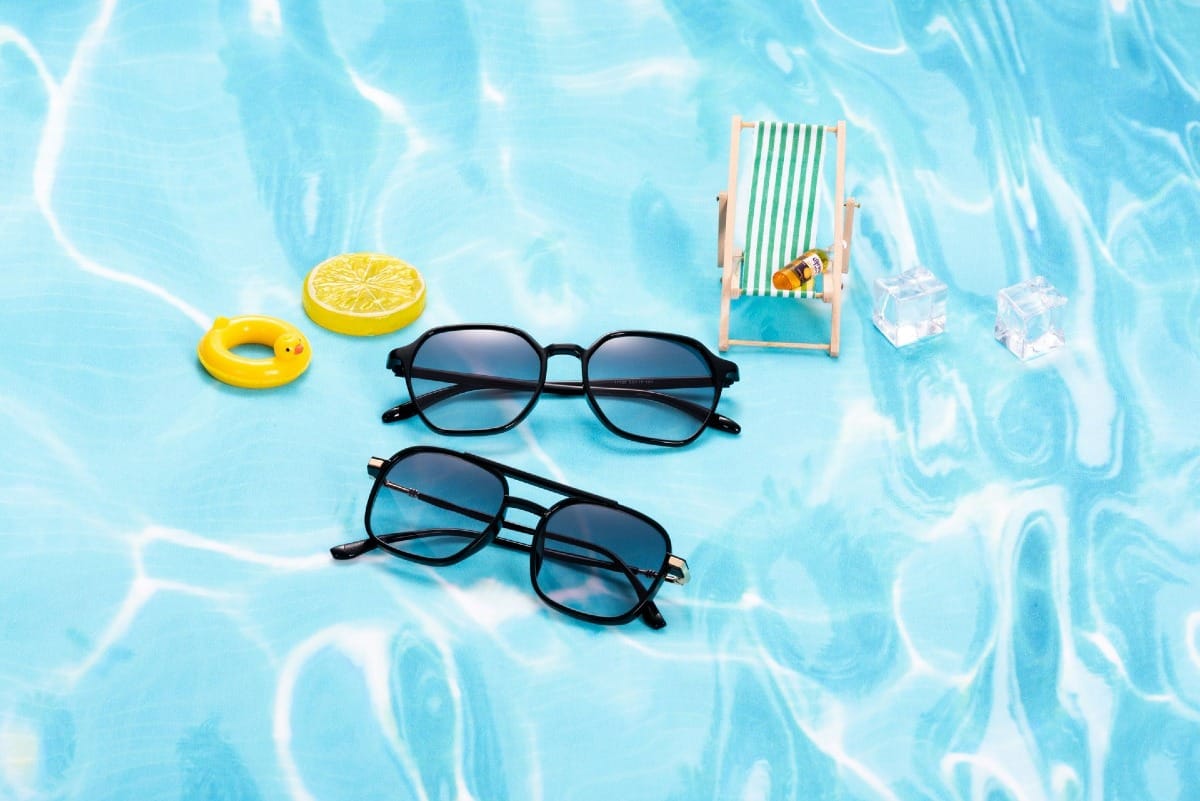
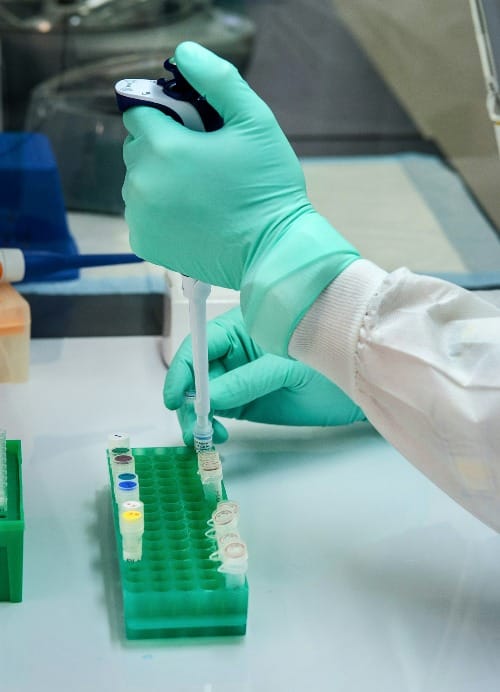

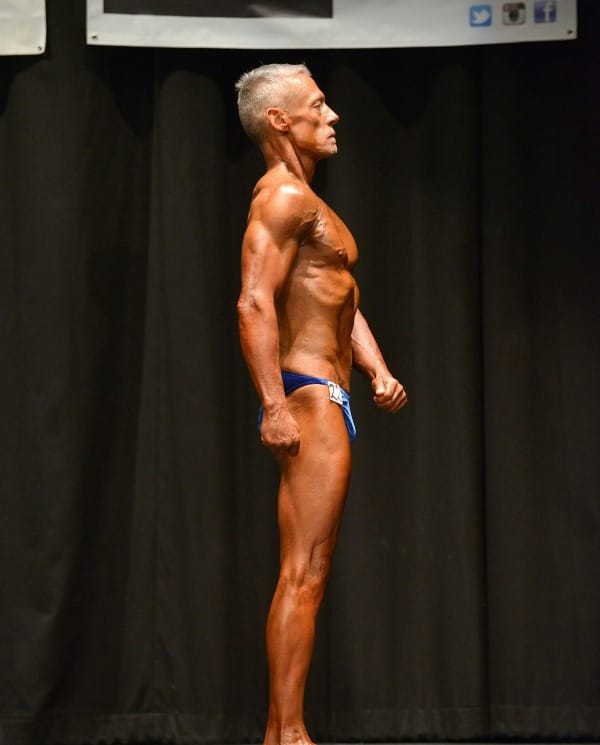
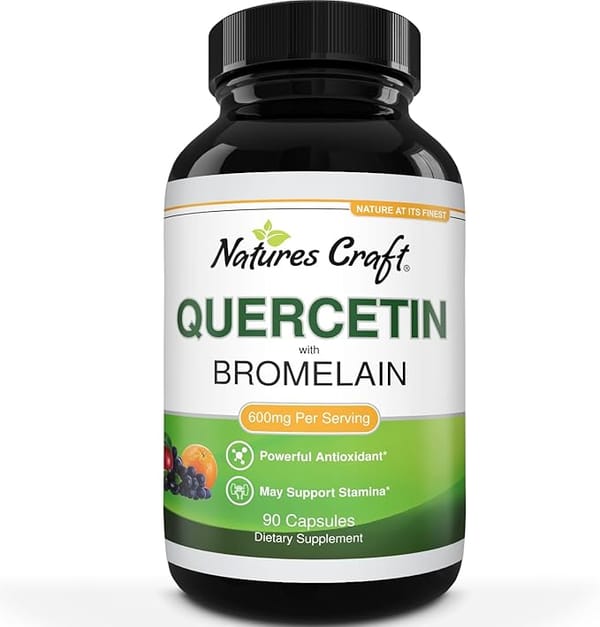



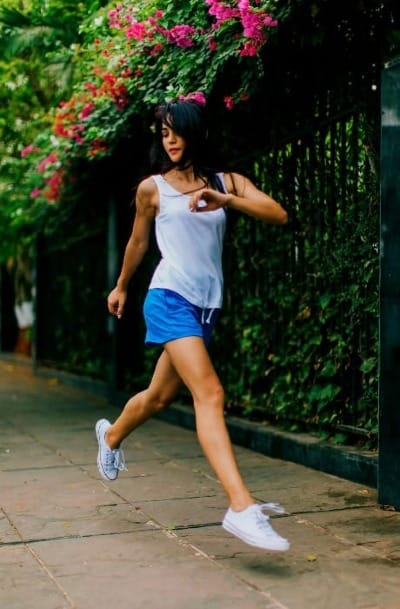
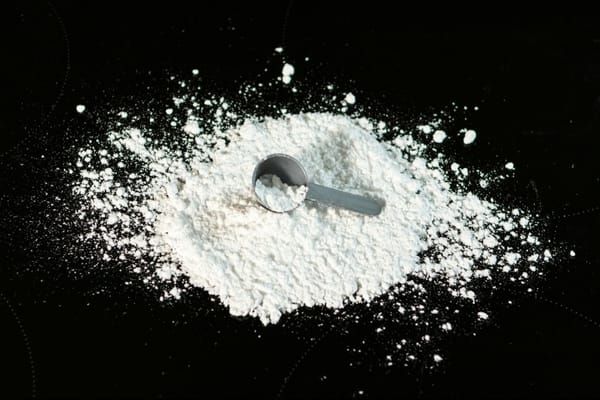

Member discussion